Ines von Ketelhodt and Peter Malutzki, Zweite Enzyklopädie von Tlön [Lahnstein, Oberursel and Flörsheim: von Ketelhodt and Malutzki, 1997-2006]. 50 volumes. Graphic Arts GAX 2010- in process
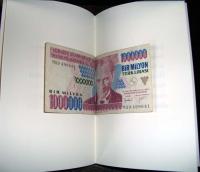
“If our foresight is not mistaken, a hundred years from now someone will discover the hundred volumes of the Second Encyclopedia of Tlön,” wrote Jorge Luis Borges (1899-1986) in the epilogue to his 1941 story Tlön, Uqbar, Orbis Tertius. Borges’ words led the German artists Peter Malutzki and Ines von Ketelhodt to work from 1997 to 2006 (re)constructing the Second Encyclopedia of Tlön in a fifty volume, limited edition set. Each volume, although uniform in format, is unique in concept and execution. Even the bindings vary in material and printing, while each spine is labeled with the first four letters of its keyword from A to Z.
The artists write,
“Because our system of order was the alphabet, we of course wanted all letters to be represented in the end. We did realize that we could only do justice to our presumptuous ambition of packing the whole world into fifty volumes in details and fragments; but we hoped the found shards would give a notion of the whole structure.”
“Borges’ story, to which we owed the encyclopedia’s title, played an important role as a source of inspiration, but we could present the idealistic world of Tlön only mirrored on our own world. Already in the first volumes quotes from Borges’ had sporadically flowed in. But only after some years did we realize that … a substantial part of the Tlön-text, distributed over the various volumes, had found its way into the encyclopedia, and we then decided to gradually incorporate the complete text in the encyclopedia; like a red thread, so to speak, that winds its way through the project in intricate paths.”
For more information, see their website: http://www.tloen-enzyklopaedie.de/e_texts/index_texts.htm
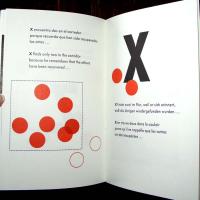
Not all the cataloguing records in OCLC are correct in their details and so, the artists have written us a note to set the record straight, which I share with their permission:
“The project was done and published equal by Ines von Ketelhodt and Peter Malutzki from 1997 to 2006. Each one of us did 24 volumes, two volumes are collaborations of the two of us. The colophons of the single volumes will tell you who did it, where, in which year.”

“Although Ines was member of the group Unica T for many years as Peter was of the FlugBlatt-Presse these groups or presses have nothing to do with the publication of the encyclopedia. At the beginning we decided to publish the project under the name Zweite Enzyklopädie von Tlön, nothing else you’ll find in any colophon of any volume.”
“Concerning the place of publishing there are three: Peter worked from 1997 til 2003 in Lahnstein, Ines from 1997 til 2001 in Oberursel, later we both moved to Flörsheim so the last volumes until 2006 were produced in Flörsheim. So one can say Lahnstein, Oberursel and Flörsheim are the places where we produced the encyclopedia.”
Along with the fifty volume Enzyklopädie, the artists have prepared a separate exhibition catalogue offering information on the history, development and production of the project. Each volume is described in detail with its theme, imagery, and texts. Note to collectors, if you can’t purchase the entire set, the exhibition catalogue can be purchased separately.
Peter Malutzki and Ines von Ketelhodt, Zweite Enzyklopädie von Tlön: ein Buchkunstprojekt von Ines von Ketelhodt und Peter Malutzki 1997-2006 ([Flörsheim am Main: the artists, 2007). Exhibition catalogue published to accompany exhibitions of the Zweite Enzyklopädie von Tlön project. Graphic Arts GAX 2010- in process
Special thanks to Ben Primer, David Magier, and Patty Gaspari-Bridges who helped make this acquisition possible.
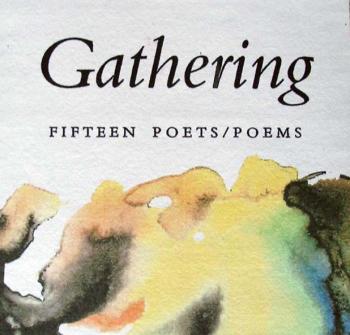
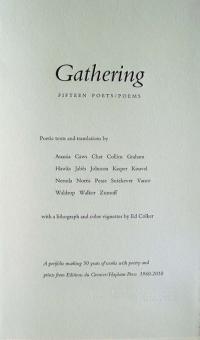
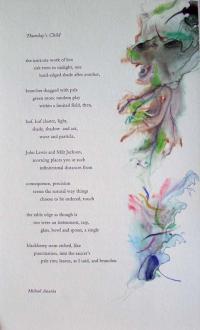
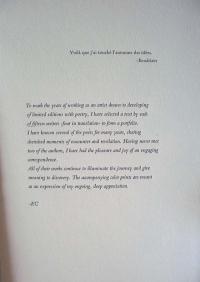

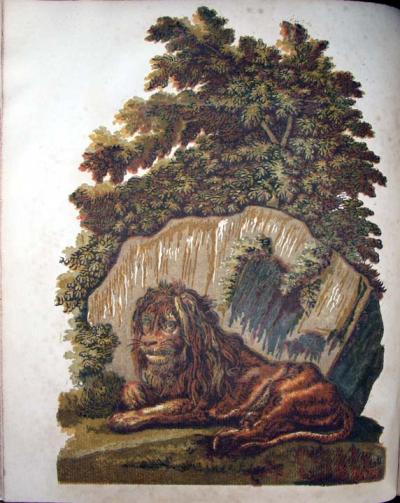
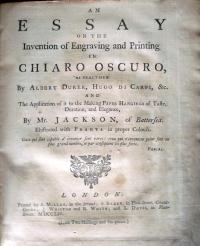
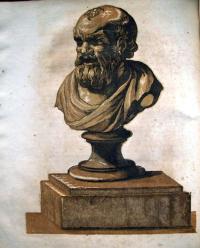
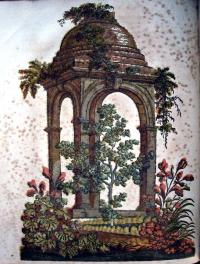
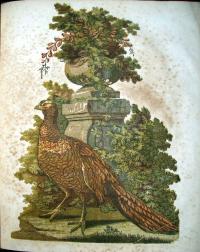




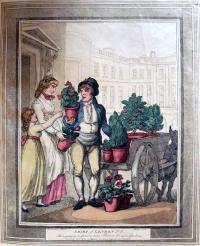
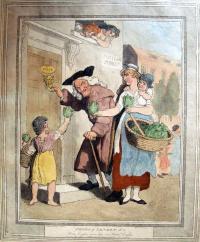
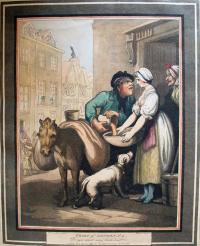
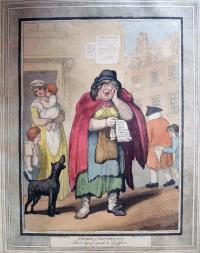
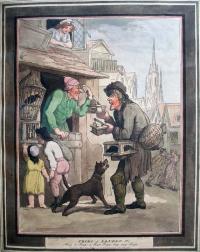
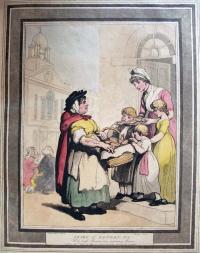

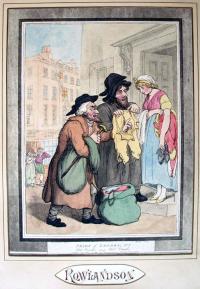
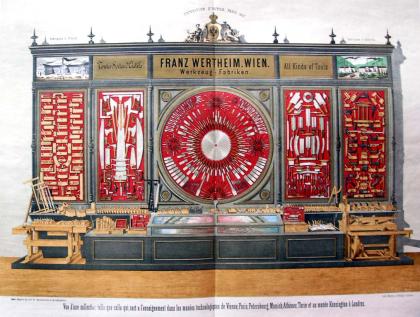
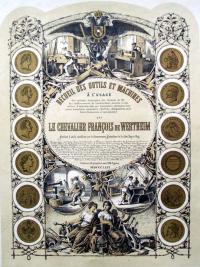
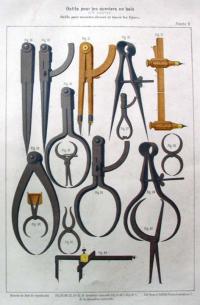
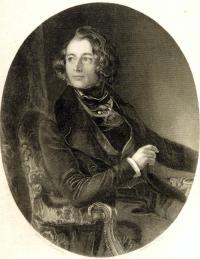
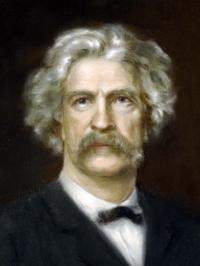
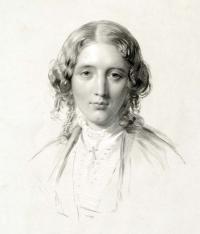
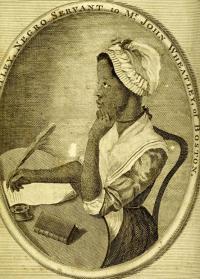



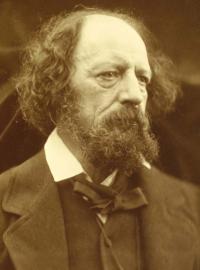
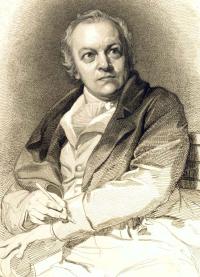

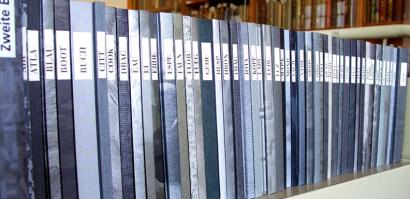
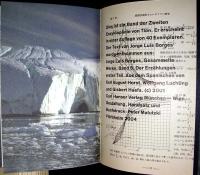

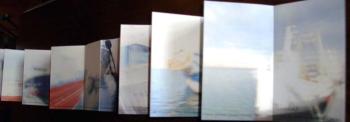
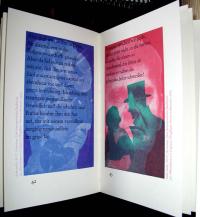




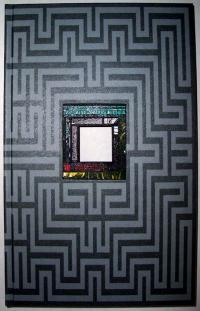
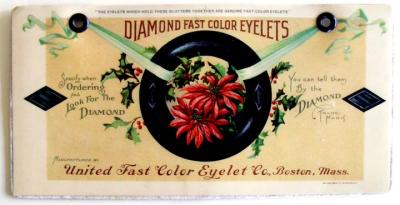
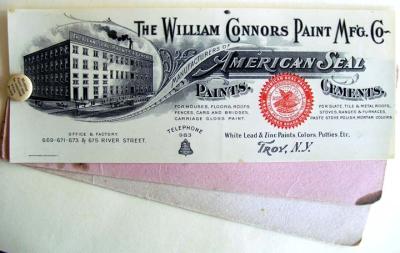
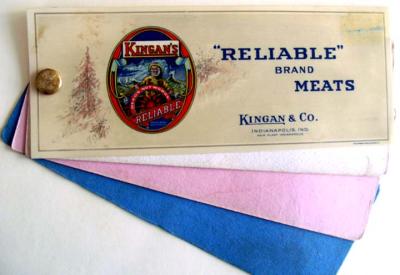
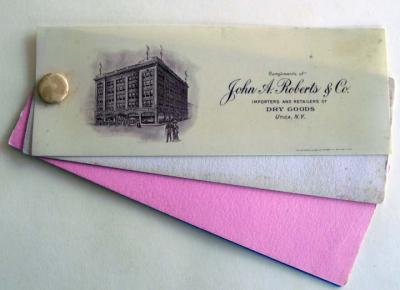
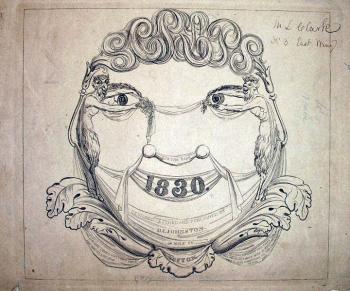
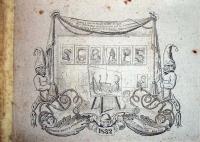
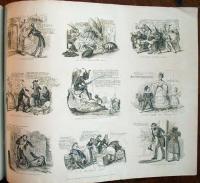
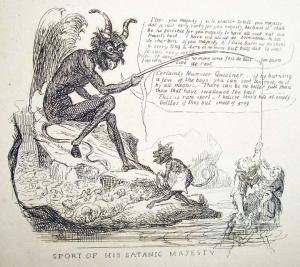
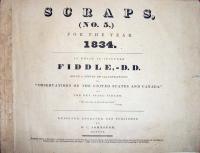
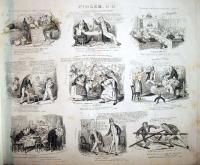

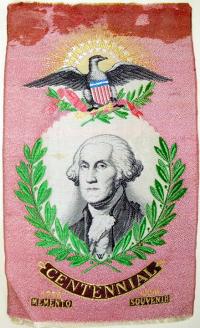



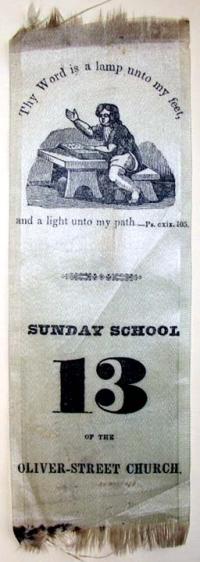
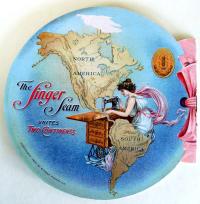
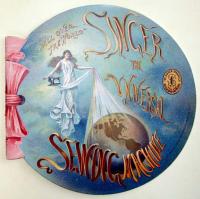

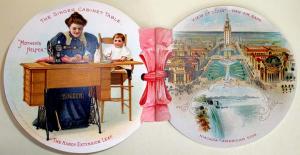



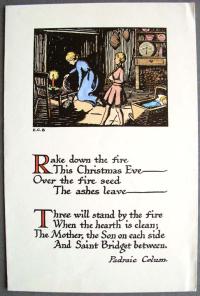
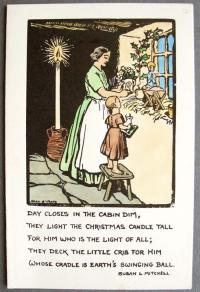
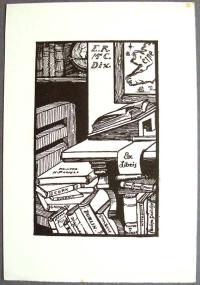
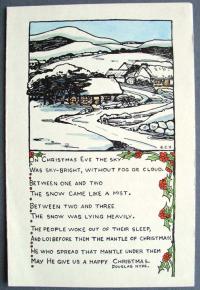
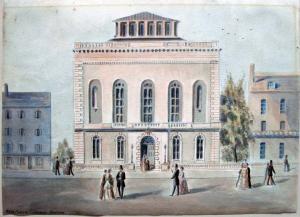

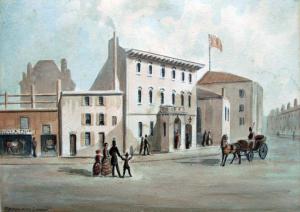
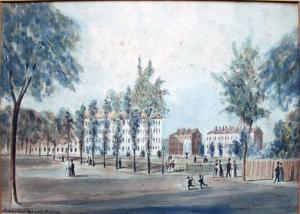
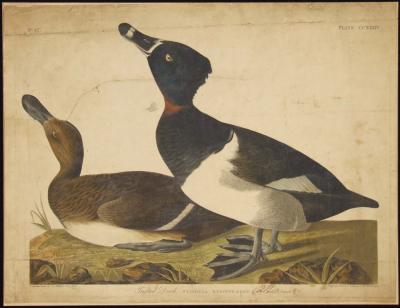
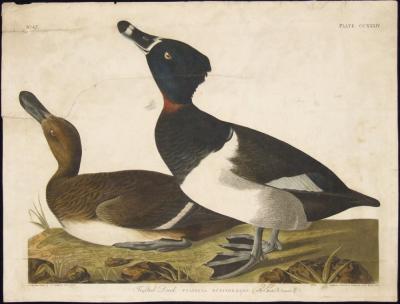
Recent Comments